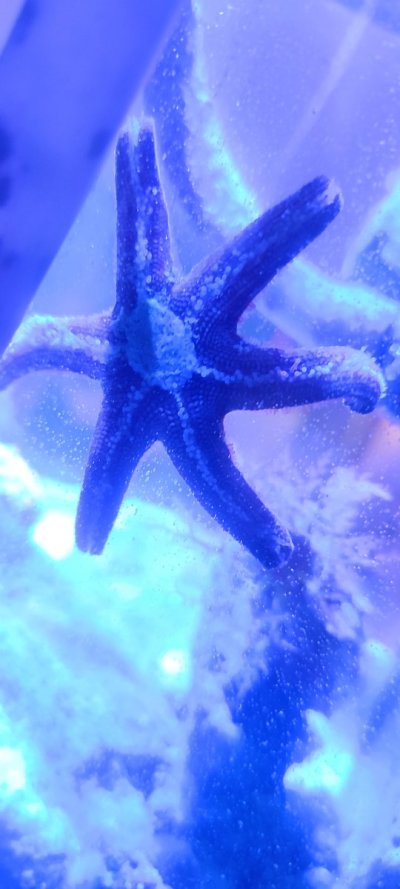@Timfish you're a scientific minded individual...can I have your opinion on this experimental design?
Thank you! but for the record I'm not a trained scientist, just passionate about understanding what's goin on in my tanks. As a start I'd think you should be able to get some idea of what's happening. If you see an variation you've got data to work with with to refine your expeirements and if you don't see any variation you've got data to work with to refine your expeirements. TangerineSpeedo has some good points. Documenting what you're doing is essential. To simplify maintenance and eliminate differences in water quality I think your idea of using a large tank as a refugium to keep your rock in with smaller tanks for individual stars plumbed into it is a good idea. Keeping just one starfish per tank minimizes social behavior as a variable too.
(This is off topic but this video on social structures of starfish populations is fascinating)



















